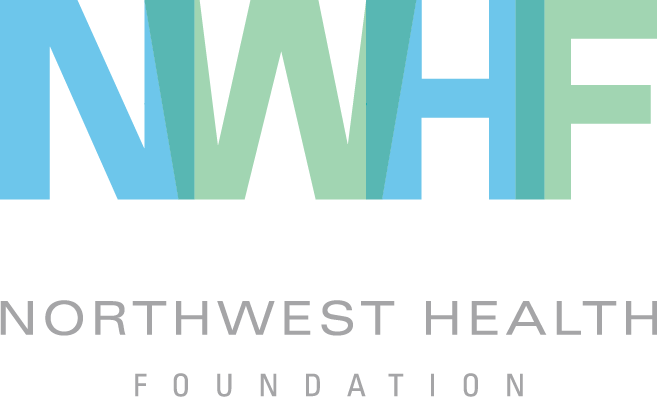Set the Stage without Defining the Script: OPAL Environmental Justice
/The Kaiser Permanente Community Fund (KPCF) at Northwest Health Foundation was founded in 2004 with an initial $28 million investment by Kaiser Permanente to improve conditions for health. As we learned how to best partner with community organizations, we made pivotal decisions that changed how we operated. In this story, we tell how OPAL Environmental Justice Oregon taught us the benefits of setting the stage without defining the script.
Youth Environmental Justice Alliance onstage at the 2017 Climate March.
If Tommy Jay Larracas is able to catch one of the few buses that leave after-school activities, he settles in for a long crowded ride. It can take more than two and a half hours to get home, which leaves little time for chores and homework. The same is true for his morning commute; if he can’t catch the early school bus, he has to scramble to find money to pay for a ride on the public bus. When he doesn’t have the extra money or time, Tommy can’t find a way to get to school.
When Kaiser Permanente Community Fund first decided to focus on improving educational outcomes for Oregon youth, we weren’t thinking about how students get to and from school. Among other funders, we heard lots of discussion about creating new after-school programs, but we rarely heard discussions about what young people need to actually get to those programs.
Thankfully, one of the values that defined how we operated was community-driven solutions. Instead of defining the solution we wanted to fund, we instead articulated a vision and invited community-based organizations to identify possible solutions. “Northwest Health Foundation believes that communities understand the problems they face best, because they live them everyday,” said Community Engagement Officer Michael Reyes “So of course they would also know the best solutions to those problems.”
When we said we wanted to see greater racial equity in education, one community group, OPAL Environmental Justice Oregon, directed our attention to public transit and the ability of students to get to and from school and after-school programs. OPAL’s Executive Director Huy Ong told us, “Expanding transit access to underserved schools is a systemic change to win more equitable educational access for low-income youth and youth of color. Access to transportation is a critical factor in improving school attendance rates. OPAL’s organizing activates the potential of our youth to re-imagine how they get to school, and to lead the charge to make their vision a reality.”
Once we learned that public transit was a major barrier for students of color to participate in school and after-school programs, we decided to fund OPAL, even if it took us outside of our comfort zone of funding traditional educational programs. “We trust OPAL, because OPAL’s work is led by the communities OPAL serves. This campaign, for example, was led by youth of color from high schools throughout Multnomah County,” said Michael Reyes Andrillon.
OPAL was successful, not only in Oregon, but across the nation. Their community-led Campaign for a Fair Transfer led to a change in federal policy that requires transit agencies to conduct an equity analysis before changing transfer times. OPAL’s YouthPass to the Future campaign also convinced local policymakers to expand the YouthPass program to give public transit passes to students to two additional Portland-area school districts. Youth in the program, like Tommy, now have a consistent, reliable way to get to and from school and other opportunities across the city, although recent budget cuts mean that OPAL must once again campaign for the program. Again, youth are taking the lead.
OPAL, like many other organizations in constantly-changing environments, must continuously search for new sources of funding to pursue their vision. “Scarcity of resources keeps us from being able to build strong partnerships,” said OPAL Community Engagement Coordinator Shawn Fleek, because it means “we just have more projects and less general operating grants. Projects say ‘reach these numbers, get these outcomes, put your report at the end of the year.’ But when work is led by community, we might not know in advance exactly what we’re going to achieve, but we know we’re going to achieve it by the right process.” Instead, Shawn says, more funders need to say, “We trust your values and your methods. Take this money and use it to do whatever the community says it needs to do.” In short, Shawn says, “Let us do our work.”
From our experience with OPAL, KPCF learned about what is possible when we invite community-driven solutions. Instead of defining specific outcomes we want to fund, we articulate a vision and invite community-led organizations to define a path to get there. By doing so, we learn from the communities most impacted by barriers to health and begin to see new solutions for established problems.


